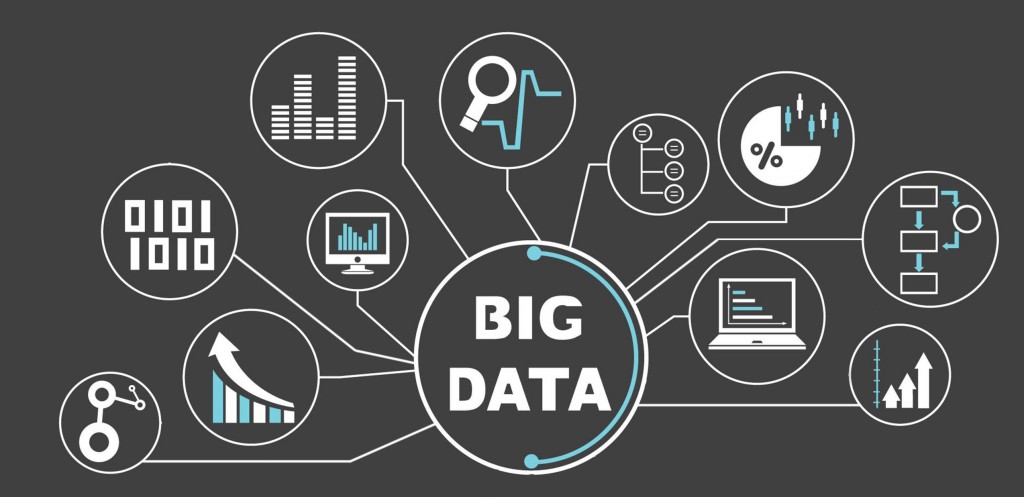
Over the past several months there has been a lot of hype around ‘Big Data’, yet many IT professionals are not familiar with exactly what this term means, and particularly what it means for them. Let’s take a moment to examine just what Big Data is, and furthermore, how automation can drive Big Data to achieve successful results. In other words, how can you combine the value of IT Process Automation (actions/responses) with Big Data (insights/results) to really benefit your organization?
What is Big Data?
Wikipedia defines Big Data as “a collection of data sets so large and complex that it becomes difficult to process using on-hand database management tools.” In simplest of terms, Big Data is an all-encompassing term that is used to describe the growth, availability and use of information. The challenge lies in how businesses can capture, store, share, visualize and analyze this information in a way that is both efficient and effective.
In 2012, the IT research and advisory firm Gartner updated its definition of Big Data as “high-volume, high-velocity, and/or high-variety information assets that require new forms of processing to enable enhanced decision making, insight discovery and process optimization.”
What Does Big Data Mean for Infrastructure Professionals?
By all predictions, Big Data will play an increasingly important role for infrastructure professionals. First and foremost, there will be a steady increase in the amount of data you’ll be working with, and it will be kept longer and be more valuable than that which is currently being archived. Additionally infrastructure professionals will need to:
- Acquire more skills in things like programming, data science, math and statistics
- Develop new real-time techniques for accessing, securing, moving, analyzing, processing, enhancing and visualizing data
- Change thinking from the concept of “data to function” to moving “function to data”
- Use or develop specialized capabilities for different types of processing
- Develop orders of cost-effective infrastructure which places an emphasis on data movement, bandwidth and metadata management, which will become increasingly important.
With Big Data, the cloud will become the primary platform for computation and storage, and data will be driven by social networks and mobile devices. Infrastructure professionals will also have the opportunity to create new data products and to separate data from applications. The bottom line is, Big Data is going to bring big changes to business, social and personal life.
How does IT automation fit into the picture?
It’s becoming increasingly evident that traditional data management methods will simply not be adequate to handle all of the changes that Big Data has in store. So, what’s the solution? IT Automation will provide the answer by allowing for cost-effective data management and protection. For instance, structured and unstructured data protection activities, such as the collection of sensitive metadata, determining who owns that data and who should and shouldn’t have access to it will provide the opportunity for automating authority and taking actions (response to security events, audit failures and more). This will allow IT managers to control over the entire data management, access, classification, authorization processes and entitlements, making Big Data much more manageable.
There’s no doubt about it – the shift to Big Data is happening, and IT professionals must take heed and prepare. By embracing automation, you can be proactive and ready to manage whatever volume of data comes your way. Most importantly, you’ll be able to do so in a way that is cost-effective and an efficient use of resources.
Are you ready for Big Data?


